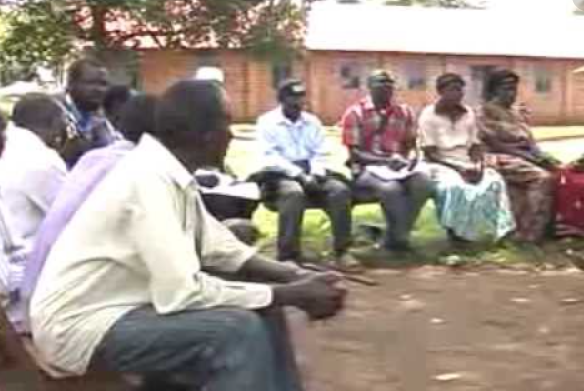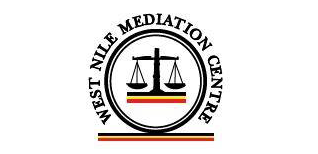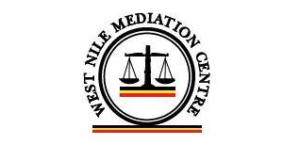Land Justice
Moussa cannot properly access and make use of his land. He is worried, because he has mouths to feed. Moussa needs to find solutions to his problems, in order to move on with his life.
This page shows data on land justice problems, the impact of the problems, the kind of help people look for, examples of outcomes that people get, knowledge on what works in order to solve land problems and bottlenecks to solving problems.








